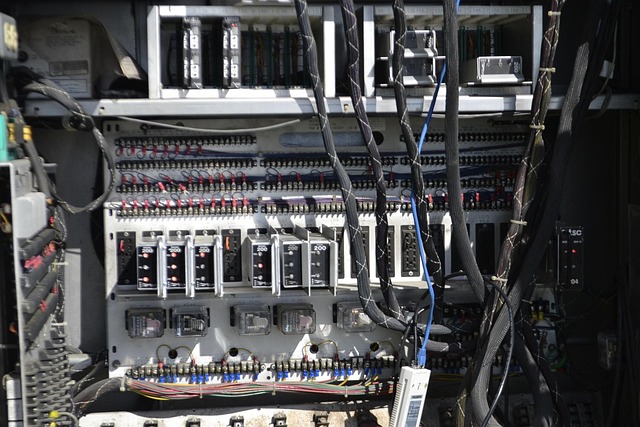Understanding the Impact of Eye-Tracking Systems on User Experience
In the rapidly evolving world of hardware, innovation is often measured by how intuitively technology interacts with its users. Enter the eye-tracking system, a transformative technology that is redefining user experience by enabling devices to respond seamlessly to where we look.
What is an Eye-Tracking System?
An eye-tracking system is a hardware-based technology that monitors and records the movements of a user’s eyes. By detecting gaze direction, fixation points, and pupil dilation, these systems offer unprecedented insight into human attention and behavior. Originally crafted for research and specialized applications, eye-tracking is now increasingly integrated into everyday devices, from smartphones to gaming consoles.
The Sensory Revolution in Hardware
Traditional hardware interfaces rely heavily on tactile inputs like keyboards and mice. However, an eye-tracking system transcends these limitations by enabling machines to interpret and anticipate user intentions through gaze. This creates a symbiotic relationship where hardware dynamically adapts to the nuances of human focus, reducing friction between user and device.
Enhancing Accessibility and Efficiency
One profound advantage of eye-tracking is its ability to elevate accessibility. For users with mobility challenges, being able to navigate and control devices simply by looking offers newfound independence. Beyond accessibility, it also accelerates workflows—for example, professionals can speed up data analysis or design processes by leveraging gaze-based tools that prioritize content based on attention.
Driving Immersive Experiences Forward
In entertainment and gaming, an eye-tracking system is a game-changer. It enriches virtual and augmented reality environments by making experiences more immersive and natural. By understanding where players are focusing, games can adjust visual details, manage resources more efficiently, and even tailor narratives to emotional engagement.
Challenges and Future Directions
While eye-tracking technology promises much, challenges remain in ensuring accuracy, privacy, and affordability. Hardware must balance sensitivity with unobtrusiveness, and data generated by gaze tracking raises important questions about user consent and data security. Ongoing advances in sensor design and AI-driven analysis are key to overcoming these hurdles and broadening the adoption of eye-tracking systems.
In essence, the integration of eye-tracking systems into hardware is not merely an incremental upgrade but a fundamental shift that redefines how we interact with technology. As this technology matures, it holds the potential to create more empathetic, responsive, and intelligent devices that truly resonate with the way humans perceive and engage with the world around them.




